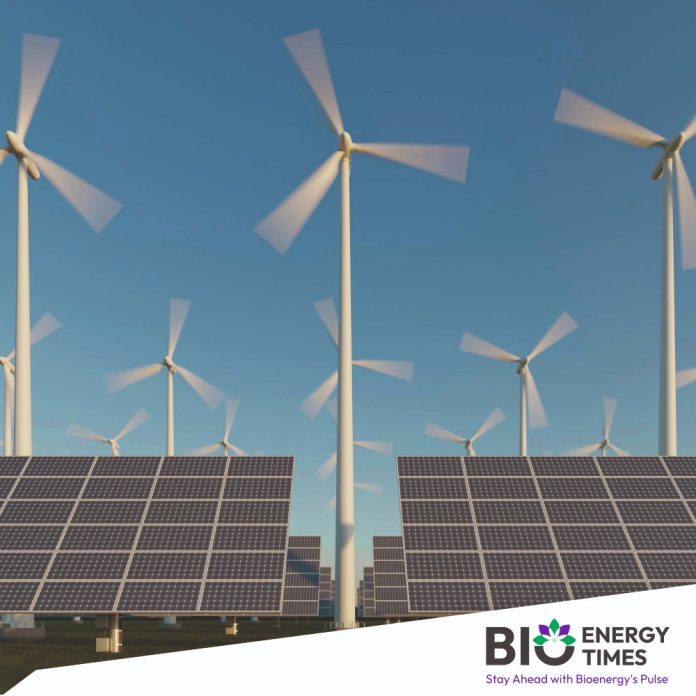India may fall short of its ambitious 500 GW renewable energy target for 2030 unless annual financing increases by 20% each year, according to a recent report from the UK-based energy think tank, Ember.
The report estimates that a total capital investment of USD 300 billion will be necessary to keep the country on track to meet its renewable energy goals.
It also points out that delays in project commissioning, caused by challenges such as land acquisition issues, grid connectivity, and regulatory hurdles, could have a significant impact on India’s renewable energy growth. These challenges could result in a 100 GW shortfall in meeting the 2030 target, the report warns.
India has set a bold target to achieve 500 GW of non-fossil fuel-based energy by 2030. The report emphasizes the urgent need for regulatory reforms and risk mitigation strategies to ensure a smooth transition to clean energy.
“Project commissioning delays, stemming from land acquisition challenges, grid connectivity problems, and regulatory barriers, are ongoing concerns for India’s renewable energy sector,” the report stated.
Additionally, the report discusses the risks associated with Firm and Dispatchable Renewable Energy (FDRE) projects, which aim to improve the dispatchability of renewable energy by oversizing solar and wind projects and integrating storage. These projects come with potential risks, such as penalties for failing to meet demand targets, exposure to market price fluctuations, and uncertainty around future battery costs.
“Together, these risks, alongside delays in projects, could increase the cost of capital by as much as 400 basis points (bps), which is equivalent to 0.01%,” the report noted.
Investment in renewable energy generation and transmission for FY 2024 is estimated at USD 13.3 billion, marking a 40% increase compared to the previous year. However, the report stresses that in order to achieve the National Electricity Plan (NEP)-14 targets, annual financing needs to grow by 20% annually, reaching USD 68 billion by 2032.
“Over the next few years, a total capital flow of USD 300 billion will be required to stay on track with renewable energy commitments,” the report emphasized.
Experts suggest that addressing land acquisition issues, standardizing power contracts, and introducing risk-sharing mechanisms are crucial to mitigating these challenges. Structured contracts, such as Contracts for Difference (CFDs), and increased concessional financing for FDRE projects could help developers manage financial uncertainties.
Neshwin Rodrigues, Senior Energy Analyst at Ember, highlighted, “Understanding the specific financial risks of renewable energy projects is essential for developing targeted mitigation strategies that keep the cost of capital low.”
Duttatreya Das, Energy Analyst at Ember, added, “This report provides a transparent risk assessment methodology for renewable energy. By quantifying and clarifying these risks, it offers developers, financiers, and policymakers a structured approach for evaluating and addressing potential challenges.”
In 2023, the Indian government announced plans to add 50 GW of renewable energy capacity annually over the next five years to meet the 500 GW target by 2030. According to the Central Electricity Authority, India’s renewable energy capacity has now reached 203.18 GW, reflecting the country’s growing commitment to clean energy.
When including nuclear energy, India’s total non-fossil fuel capacity increased to 211.36 GW in 2024, up from 186.46 GW in 2023, according to official data.
For detailed information and further insights, please refer to BioEnergyTimes.com, which provides the latest news about the Biomass Industry














